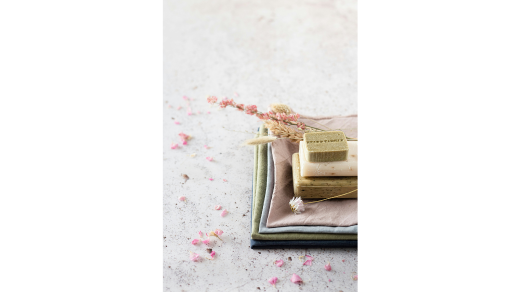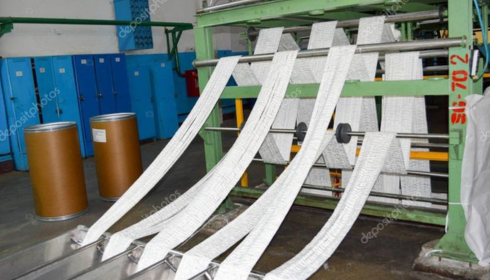Pickleball is rapidly gaining popularity across India, not just as a casual pastime but as a serious sport. With this growing demand, many schools, residential societies, and sports facilities are investing in high-quality court infrastructure. The key to building a successful court lies in choosing the best surface for anoutdoor pickleball court. A well-constructed court enhances player performance, ensures safety, reduces maintenance, and stands up to India’s diverse weather conditions.
This article explores everything you need to know about pickleball court material, surface types, pickleball flooring, ideal color schemes, and why synthetic pickleball courts are considered the gold standard today.
Why the Right Outdoor Pickleball Court Surface Matters
Your pickleball court’s surface isn’t just an aesthetic feature—it’s the foundation of the game. A smooth, consistent, and well-textured surface is essential for fair play and long-term durability. Poor surfaces can lead to erratic ball bounce, injuries, and expensive repairs. A high-quality outdoor pickleball court surface provides better grip, cushioning underfoot, resistance to fading and water damage, and ensures consistent ball performance.
In outdoor environments, the surface must withstand temperature extremes, UV radiation, and rainfall. Hence, careful selection of materials and coatings is essential for player safety and to reduce long-term maintenance costs.
Best Surface for Outdoor Pickleball Court: Synthetic Acrylic
Among all available options, synthetic acrylic surfaces are widely regarded as the best surface for outdoor pickleball courts. These multi-layered systems are specifically engineered for sports applications. Installed over a concrete or asphalt base, synthetic acrylic surfaces are designed to provide ideal traction, color stability, and a consistent ball response.
One of the standout features of synthetic acrylic is its slip resistance. Whether it’s humid weather or light rain, these surfaces offer superior grip. Additionally, synthetic acrylic can include an optional cushioning layer that reduces joint stress and fatigue—especially beneficial for older players or those playing frequently. These surfaces are UV stable, resistant to cracking, and extremely durable, making them perfect for Indian weather conditions.
Comparison of Pickleball Court Materials
Several pickleball court materials are used across different types of installations, but not all are suitable for outdoor or high-performance courts. Let’s examine them one by one.
Concrete is a preferred base for pickleball courts due to its stability and durability. When paired with a synthetic acrylic surface, it offers the best combination for outdoor use. Asphalt is another common base material, offering slightly more flexibility but may require sealing or resurfacing more often than concrete.
Modular interlocking tiles are quick to install and suitable for temporary or backyard courts, but they often lead to inconsistent bounce and may not last long in extreme weather. Grass or turf may look appealing but fail to deliver consistent ball bounce or traction. Similarly, clay or red earth is difficult to maintain, especially during the rainy season, and is not practical for permanent pickleball courts.
Ultimately, a concrete base coated with synthetic acrylic remains the most balanced choice for durability, performance, and safety.
Why Synthetic Pickleball Courts Stand Out
When it comes to building a professional-grade court, a synthetic pickleball court system is hard to beat. These courts are built using a multi-layered process that includes a primer, optional cushioning layer, textured coating, and vibrant color topcoats.
These layers are engineered to work together for optimal performance. The texture ensures just the right amount of grip while allowing for smooth player movement. The cushioning layer absorbs shock, which reduces stress on knees and ankles—especially during long matches or frequent play. The topcoat includes UV-protective elements that prevent fading and surface deterioration over time.
Another benefit is customization. Court owners can choose the speed of play by adjusting the grit and texture levels. Some courts are designed for faster ball movement, while others can be optimized for recreational play with more comfort.
Choosing the Right Pickleball Court Color Combinations
Beyond performance, the look of your court matters—both for branding and visibility. The right pickleball court color combinations not only enhance the appearance but also improve gameplay by offering contrast between court boundaries and the ball.
The most popular combinations include a blue court with green or red borders, which provides strong contrast and improves ball visibility. Terracotta red with dark green borders offers a modern, bold look, while light green with dark green creates harmony with natural surroundings. Other contemporary combinations like gray and navy blue or green and tan are also used to achieve a premium finish.
Color selection also plays a role in heat absorption. Lighter shades reflect more sunlight and stay cooler underfoot, an important factor in Indian climates. Also, make sure the color system is UV-stable and non-fading for long-term aesthetics.
Maintenance and Longevity of Pickleball Flooring
High-quality pickleball flooring—especially synthetic acrylic—offers low maintenance compared to alternatives. Routine sweeping, occasional power washing, and annual inspections are typically enough to keep the surface in excellent condition. The acrylic surface resists water accumulation and dust buildup, reducing the risk of slips or damage.
When maintained properly, a synthetic pickleball court can last over 10–15 years, making it a smart long-term investment. Periodic resurfacing can also refresh the court without needing to replace the base material.
Final Thoughts
Choosing the right pickleball flooring is more than just a design decision—it’s a functional, safety-oriented, and performance-driven investment. If you’re building a court in a school, club, or community space, selecting the best surface for outdoor pickleball court will impact every match played on it.
Synthetic pickleball courts stand out as the ideal solution for Indian environments, offering excellent traction, customization, and weather resistance. Paired with a concrete or asphalt base and customized pickleball court color combinations, they not only play well but look world-class too.











